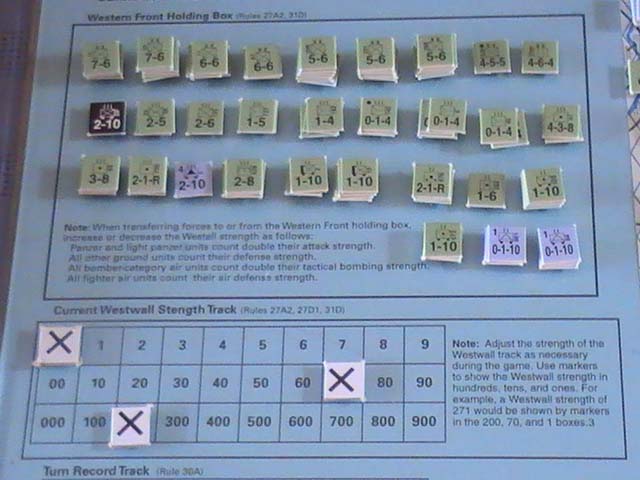Historical
Background: The Nazi-Soviet Pact of August 1939 secretly divided eastern Europe
into German and Soviet spheres of influence. Among its provisions, Lithuania and
western Poland were allocated to the German sphere while central and eastern Poland,
Latvia, Estonia, and Finland were assigned to the Soviet sphere.
Germany
expected Lithuania to participate in the invasion of Poland. Both countries had
been locked in a bitter dispute about the city of Wilno (as the Poles called it)
or Vilnius (its Lithuanian name) and its surrounding region-an area with a mixed
Lithuanian-Polish population. The Poles regarded Wilno as a historic Polish town,
while the Lithuanians regarded Vilnius as the true capital of Lithuania The two
countries clashed over Wilno in the aftermath of World War I, with the result
that Poland occupied and annexed the region. Little wonder the Germans expected
Lithuania to help carve up Poland.
Although the Lithuanian government wanted
Vilnius, Lithuania had no good reason to ally with Germany in any way. First,
in April 1939, Germany had forced Lithuania to return the Memel area to German
control. Second, Lithuania rightly mistrusted Germany's ultimate intentions concerning
~' Lithuania. When the invasion of Poland began, Lithuania stayed neutral. This
infuriated the German government, which subsequently renegotiated the spheres
of influence with the Soviets, transferring Lithuania to the Soviet sphere in
return for control of central Poland. (The Soviets later transferred the Vilna
(its Russian name) and surrounding area from their share of Poland to Lithuania,
but they also began the process that would forcibly incorporate Lithuania into
the Soviet Union.)
First to Fight: Lithuania begins the game neutral. Lithuanian
ground and air forces, however, are set up by the Polish player in accordance
with the Lithuanian order of battle.
At the start of Game Turn 2, the German
player rolls one die for Lithuania's reaction to the invasion of Poland. On a
roll of:
1: Lithuania intervenes and invades Poland. The German player
controls all Lithuanian forces and owns all hexes in Lithuania. These forces are
treated the same as German forces, such as for rail movement, except that they
may only enter hexes in the Lithuanian operations zone. This zone consists of
all hexes in Lithuania and all hexes in Poland within 3 hexes of any hex in Lithuania.
2
through 4: Lithuania stays neutral; Germany does not invade. Lithuania is neutral
for the entire game.
5 or 6: Lithuanian stays neutral; Germany invades.
In a fit of anger over Lithuania's neutrality, Hitler orders the invasion and
conquest of Lithuania. For the Polish player controls all Lithuanian forces and
owns all hexes in Lithuania. These forces are treated the same as Polish forces,
such as for rail movement, except: a) they may only enter hexes in Lithuania and
Germany, b) they do not surrender due to evacuation or capture of the Polish government
(Rule 27B1), and c) they may evacuate (using Rule 27B2) only if the Lithuanian
(not Polish) government has been captured or evacuated.
If Lithuania invades
Poland or is invaded by Germany, Lithuanian reinforcements appear as listed on
the Lithuanian OB.
Kaunus is a full supply source (Rule 12C1) for Lithuanian
units (only).
The Lithuanian government starts the game in Kaunas (37:3206).
Use the Lithuanian capital marker to mark its location.
During any controlling
player's initial phase, the player who controls Lithuania's forces may evacuate
the government, sending it into exile. When evacuated, remove the government's
capital marker from the map. Note: It does not cost the player any rail capacity
to evacuate the government.
If the enemy player gains ownership of the
hex containing the government, roll a die and consult the Success Table:
On
any Success result, the government escapes capture, and the owning player must
evacuate it in his next
initial phase.
On
any Failure result, the enemy player captures the government. Remove the capital
marker. (The enemy player may gain a victory award for this event.)
If
the government is captured, all Lithuanian units surrender in the next initial
phase. If the government is evacuated, check for surrender in each initial phase.
Any Lithuanian unit that is unsupplied immediately surrenders. All units that
surrender are removed from play and are counted as eliminated.
If Lithuania
invades Poland, the following victory point (VP) awards are used.
- The
Polish player receives VPs for eliminated Lithuanian forces, the same as for German
forces.
- The Polish player receives +10 VPs for capturing the Lithuanian
government or +5 VPs if the Lithuanian government evacuates.
- The Polish
player receives +3 VPs for every city in Lithuania that is Polish-owned at the
end of the game.
- Note that the German player receives no VP awards per se
due to Lithuania, but does gain the services of the Lithuanian forces in his invasion
of Poland.
If Germany invades Lithuania, the following victory point (VP)
awards are used:
- The German player gains +3 VPs if the Lithuanian air
unit is eliminated.
- The German player gains +5 VPs if he owns all cities
in Lithuania and the Lithuanian government is captured or evacuated.
- The
Polish player treats Lithuanian forces the same as Polish forces when receiving
VPs for evacuated forces and for having supplied REs on the map at the end of
the game.
- The
Polish player receives +10 VPs if the Lithuania government is neither captured
nor evacuated at the end of the game. |

